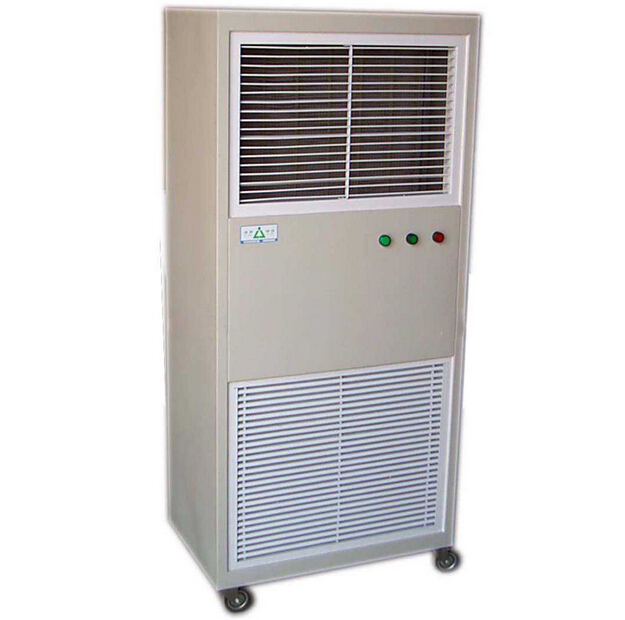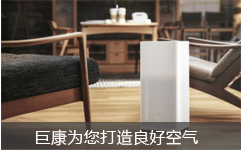凈化鋁材配件-空氣過濾器的主要性能指標
- 發布人:
- 發布日期:2017-04-13 16:47:24

空氣凈化設備的主要指標有凈化效率、額定風量、阻力等。下面凈化鋁材配件 http://www.jnjkjh.com/ 小編以空氣過濾器為例加以說明。
The main indicators of air purification equipment are purification efficiency, rated air flow, resistance, etc.. The following purification of aluminum parts in small series to air filter for example to illustrate.
(1)過濾效率
(1) filtration efficiency
過濾效率定義為過濾器捕集的顆粒物質量(或數量)與過濾器上游空氣中的顆粒物質量(或數量)之比值。對于有粒徑分布范圍的實際顆粒物,有全效率和分級效率之分。
Filtration efficiency is defined as the ratio of the particle mass (or number) to the particle mass (or number) in the upstream air filter. For the actual particles with particle size distribution, there are full efficiency and classification efficiency.
1)全效率。全效率是指過濾器捕集的顆粒物總量與過濾器上游空氣中的顆粒物總量之比值。
1) total efficiency. The total efficiency is the ratio of the total amount of particulate matter in the upper air to the filter trap.
2)分級效率。分級效率是指過濾器對某一粒徑范圍顆粒物的捕集效率。同一過濾器對不同粒徑的顆粒物的捕集效率是不同的,顆粒物粒徑越大,分級效率越高。由于需要凈化的顆粒物粒徑分布不同,所以在選用過濾器時要特別關注所處理粒徑范圍的效率值。如果知道被處理顆粒物的粒徑分布,過濾器的全效率與分級效率是可以換算的。
2) classification efficiency. The classification efficiency is a filter for a particle size range of particle capture efficiency. The capture efficiency of different particle size of the same filter is different, the particle size is bigger and the classification efficiency is higher. Due to the need to purify the particle size distribution is different, so in the selection of filter should pay special attention to the efficiency of the particle size range. If the particle size distribution is known, the full efficiency and classification efficiency of the filter can be converted.
3)串聯總效率。在空調系統中經常采用過濾器串聯的形式,串聯過濾器的總效率用特定公式可以計算出。
3) series total efficiency. In the air conditioning system, the filter is often used in series, the total efficiency of the series filter can be calculated by the formula.
(2)額定風量
(2) rated air volume
額定風量是過濾產品出廠時規定的單位時間內處理的風量,以立方米/小時為單位。工程應用中它可以通過過濾器迎面風速與過濾器迎風面積之乘積求得,實際處理風量應不大于額定風量。
Rated air quantity is the amount of air flow that is handled in the unit time specified in the factory of the product. In engineering application, it can be obtained by the product of the wind speed and the wind speed of the filter, and the actual process air volume should be less than the rated wind speed.
(3)阻力
(3) resistance
空氣流過空氣過濾器的全壓損失稱為空氣過濾器的阻力。額定風量下空氣通過未積塵過濾器的阻力稱為初阻力,在額定風量下因過濾器積塵而阻力上升達到的規定值稱為終阻力。對于初效、中效、高中效和亞高效過濾器一般規定終阻力不大于初阻力的兩倍,或由生產廠商提供數據。對高效過濾器僅有阻力概念,不區分初阻力終阻力。
The total pressure loss of the air passing through the air filter is called the resistance of the air filter. The air passing through the non product dust filter is called initial resistance, which is referred to as the final resistance of the specified value in the rated air pressure due to the dust of the filter. For the first effect, the middle - and high - efficiency, high - efficiency and high - efficiency filters generally provide that the final resistance is not more than two times the initial resistance, or by the manufacturer to provide data. The concept of only resistance to the high efficiency filter is not distinguished from the initial resistance.









